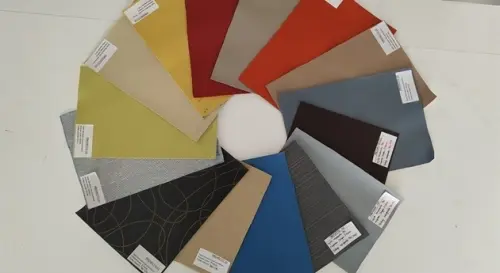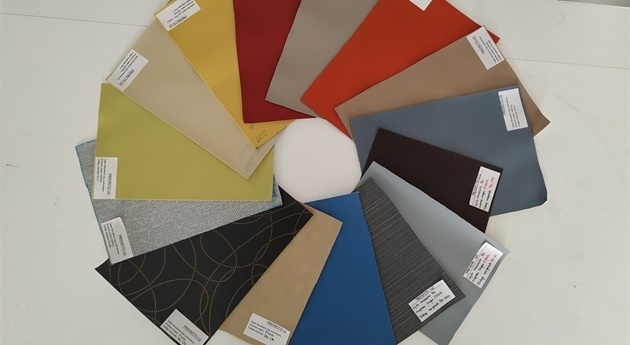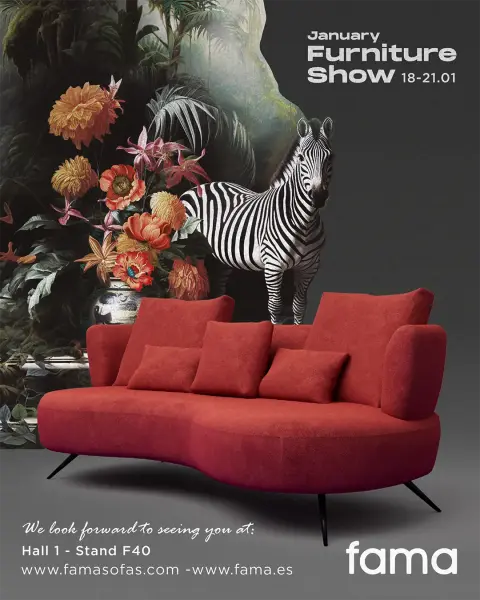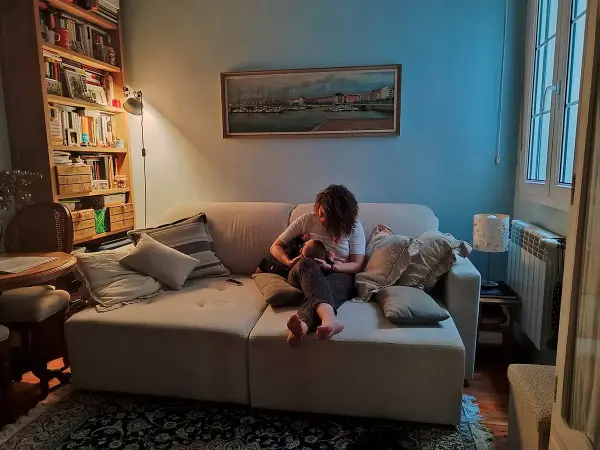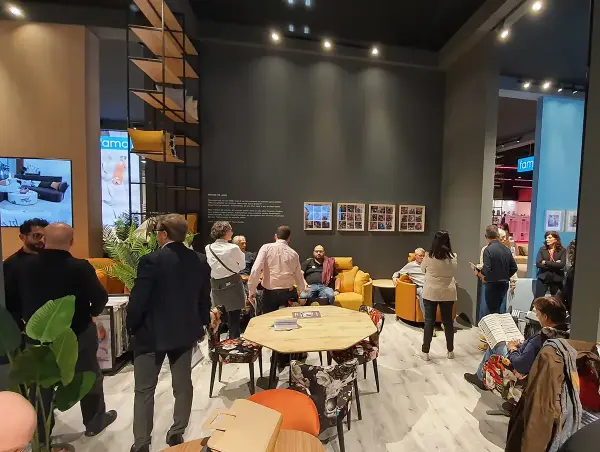Environment
U2: The era of eco-sustainable solutions for the upholstery industry
SANCAL and FAMA, which are two upholstery companies, have partnered with CETEM in order to find new solutions to reduce the environmental impact of the upholstery industry through a Circular economy approach.
As far as the furniture sector is concerned, there is a large concentration of great companies in in the city of Yecla, giving rise to one of the most important clusters at national and international level. SANCAL and FAMA are two references in the upholstery industry. They produce upholstery with guarantees of quality, design, and avant-garde. Both companies are aware of the impact that their activity has on the environment. Therefore, they would like to evolve towards more sustainable production, giving a Circular Economy approach, seeking to minimize their waste to the maximum, and keeping the Zero Waste goal in mind.
The U2 project was created on that purpose. Upcycling the upholstery is a project carried out by SANCAL and FAMA, in cooperation with CETEM in order to provide coverage in the field of I+D during the development of the project. It also has the financial support of the I+D challenging programme of the regional government through the Institute for the Promotion of the Region of Murcia and the co-financing of FEDER funds.
U2 (Upcycling the Upholstery) aims to achieve a level of improvement of the percentage of raw material used in the upholstery industry, addressing different strategies in short, medium, and long term. The project is challenging and ambitious. However, we highly believe it will become a reality in the sector. We are willing to lower the use of CO2, reaching the targets of the Green Deal, and making the upholstery industry more sustainable and less polluting in a few years.
What is the U2 Upcycling the Upholstery project?
Nowadays, SANCAL and FAMA have managed to achieve a high percentage of recycling the waste that they generate. It is common to find recycled materials such as wood, polyurethane foam, fibre, or plastic. However, there are other materials such as faux leather, PVC, or polyurethane which cannot be recycled. This is due to its composition, which is made up of several layers of different materials, which tend to have a base of fabric and a layer of PVC or polyurethane on the top. This makes it extremely difficult to recycle.
On this challenging context, the project, which has different development strategies, was proposed. Firstly, achieving a production model that optimizes the use of material as well as reducing the generated wasted. In addition, the possibility of reusing scraps or cut-outs generated in the process of production in order to produce other products.
At that point, the project participants asked themselves “what If we were capable to separate the base of non-recycled material and the top plastic layer, easing the recycling process?” Then it is when they decided to do a laboratory research in order to develop a viable method to separate the plastic layer and the material base.
The U2 project has already reached the equator of its development time and the first treatments have been carried out, using chemical products, which are not pollutant, in order to find the way of separating these layers without having to use more energy than the necessary. The U2 project is now on the laboratory phase. Our nearest aim is to achieve a chemical and/or Hybrid process. It is important to highlight that the most advanced procedures are also being addressed. For instance, the combination of chemistry and biotechnology on small test tubes. So, we can start working in finding the way of adapting and moving on the knowledge developed in the laboratory in order to use it in industrial scales afterwards.
We are not entirely sure that we will be able to achieve the stated objectives. It is about obtaining experiences that will bring us new knowledge. Above all, it is an indescribable satisfaction to be able to work hand in hand with professionals who are committed to the environment such as SANCAL, FAMA and CETEM, knowing how beautiful the goal, which we are pursuing, is.
Keeping the environment in good conditions depends on small steps like this, which along with others, will allow us to leave our children a better planet.



